How Organic Cotton Fabric Can Pave The Way Towards Sustainable Tomorrow ?
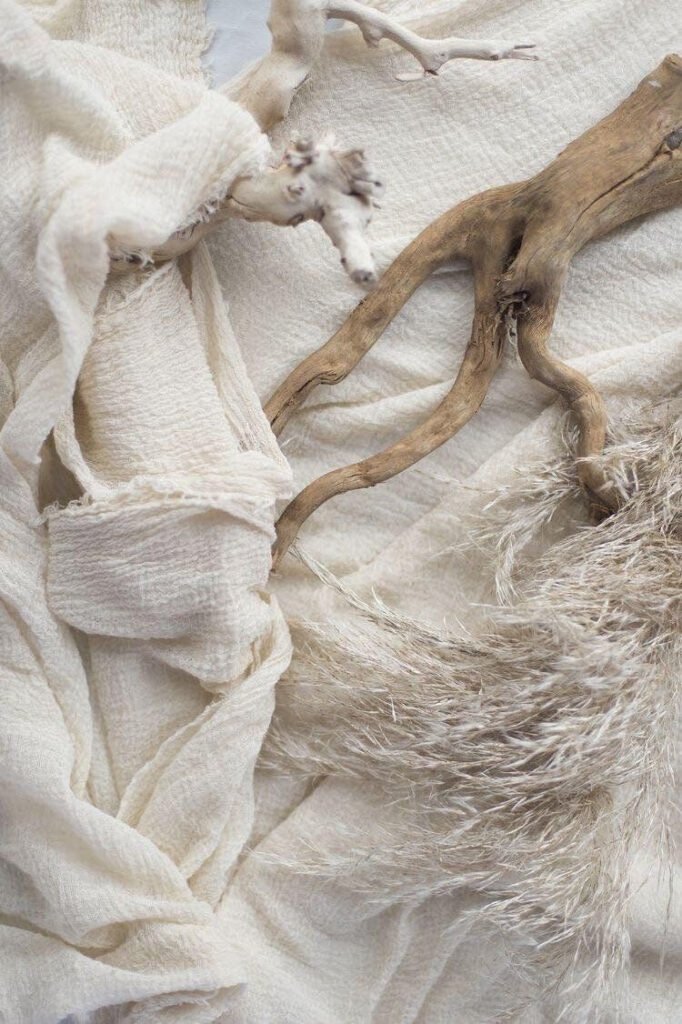
“Seeding Sustainability: Cultivating Tomorrow’s Fashion with Organic Cotton”
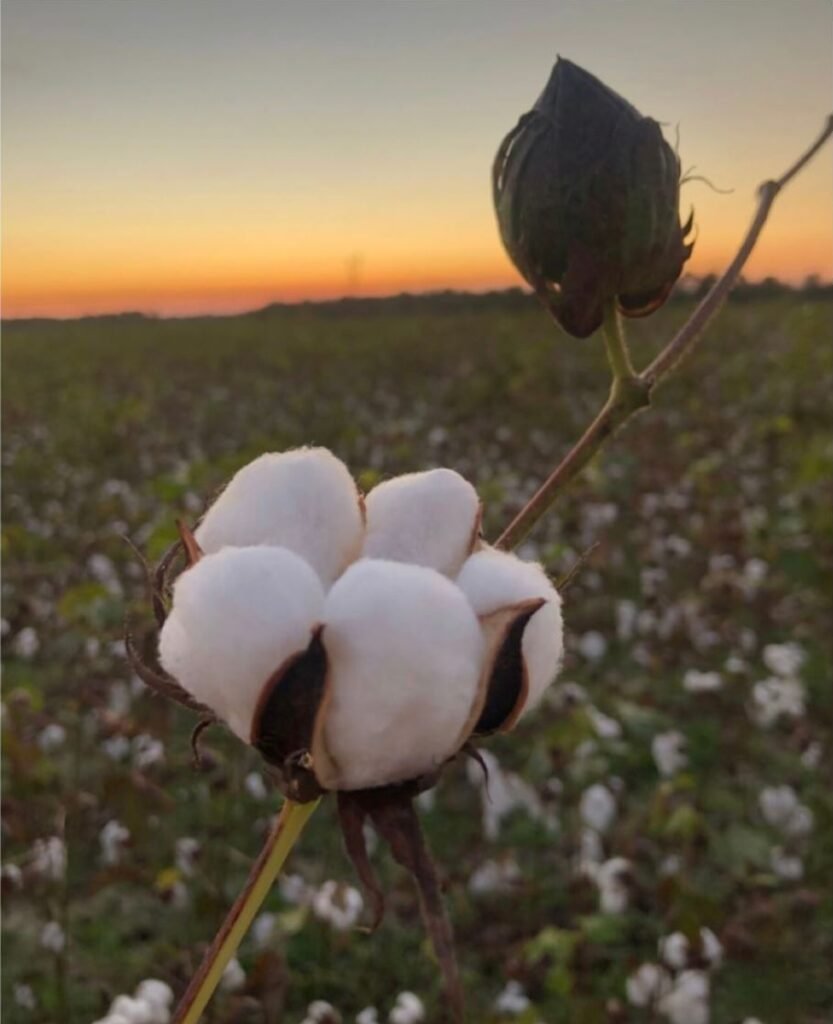
What is Organic Cotton?
Organic cotton is grown using methods and materials that have a low impact on the environment. Unlike conventional cotton farming, which relies heavily on synthetic pesticides and fertilizers, organic cotton cultivation emphasizes natural processes and techniques. This includes practices such as crop rotation, biological pest control, and composting, which help maintain soil fertility and biodiversity while reducing the use of harmful chemicals.
One of the most significant advantages of creating organic fabric is that it demands organic farming. In the organic farming method, fibers are grown in controlled settings with no pesticides, synthetic fertilizers or toxic chemicals. In addition, federal regulations prohibit genetically engineered seeds for organic farming, which helps farmers protect themselves from harmful chemicals.
Today, no matter how many technologies or how much equipment we at BꓤEATHE Clo create, it is impossible to form an organic fabric with a 100% organic process, but we have succeeded to reach 95% if not 100%
So, when it comes to organic fabric, this means the textile has been grown without the use of harmful pesticides and defoliants for at least three years, and organic farming is the greenest approach to produce high-quality organic fiber, which is then transformed into fabric. Therefore, we can call natural materials organic fabrics when manufactured using organic production systems right from thread to fabric stage.
Environmental benefits of Fabric Organic:
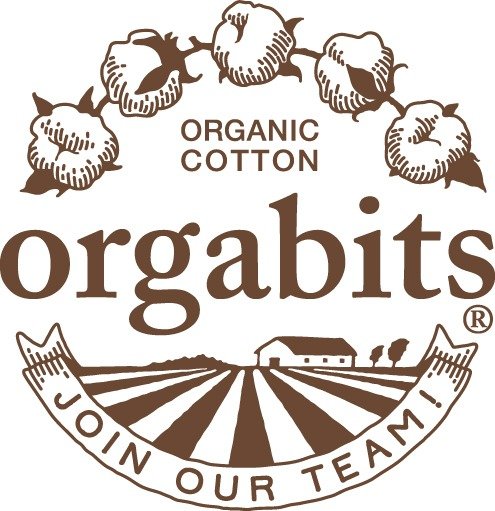
- These fabrics are a great source of absorbing and reflecting lights, making them suitable to be worn in any weather.
- It doesn’t harm the wearers or the makers as there are no chemical pesticides, herbicides, and chemicals during the farming process.
- Organic fabric farming produces far less CO2 emissions. Organic farming takes 1.5 tonnes of CO2 per acre per year from the atmosphere.
- This kind of farming uses up to 60% less water than conventional farming methods. Hence, it helps to preserve and save water.
- Clothes created from fabric organic leaves have no chemical retention; thus, it will significantly benefit people with different chemical allergies or any other chemical sensitivity by using organic fabric.
- When we discard organic fabric, no pesticides and herbicides are returned to the Earth in landfill or enter into the recycling process.
- Creation of organic fabric builds more jobs and income for local farmers.
One of the most significant advantages of creating organic fabric is that it demands organic farming. In the organic farming method, fibres are grown in controlled settings with no pesticides, synthetic fertilizers or toxic chemicals. In addition, federal regulations prohibit genetically engineered seeds for organic farming, which helps farmers protect themselves from harmful chemicals.
Is organic cotton the future of sustainable development?
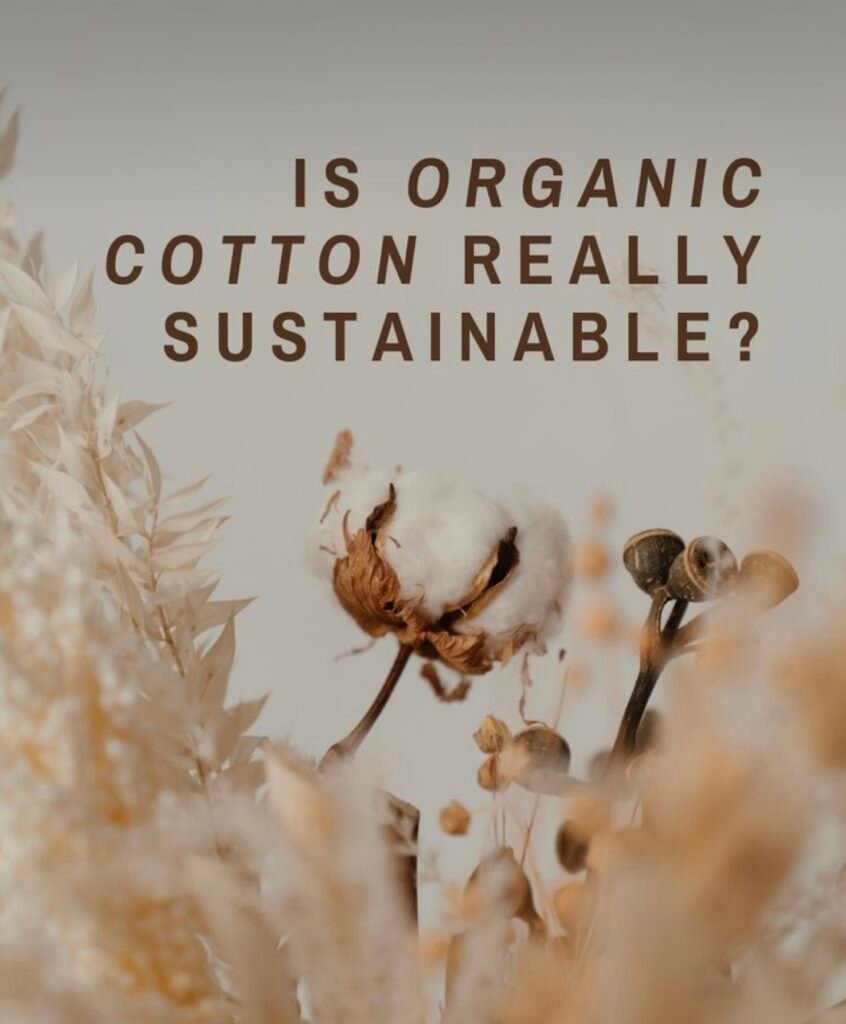
With the increase in climate change and global warming, each step taken by us in our BꓤEATHE factories matters, be it even by transforming our cotton closet into an organic cotton closet.
We are living in a time, where each step will either lead to an immense increase in global warming or will lead to the protection of our Mother Earth. So why not make our actions count and take a step by protecting our nature by switching to organic clothing?!
As we know, the fashion industry is one of the largest industries of today, in which the cotton textiles lead the line together with the cotton manufacturers setting them as the highest-ranked in the fashion industry. These pieces of regular cotton that are constructed into garments leads to 88% more wastage of water from our resources.
Whereas Organic cotton that has been made from natural seeds and handpicked for maintaining the purity of fibers ; uses 1,982 fewer gallons of water compared to regular cotton.
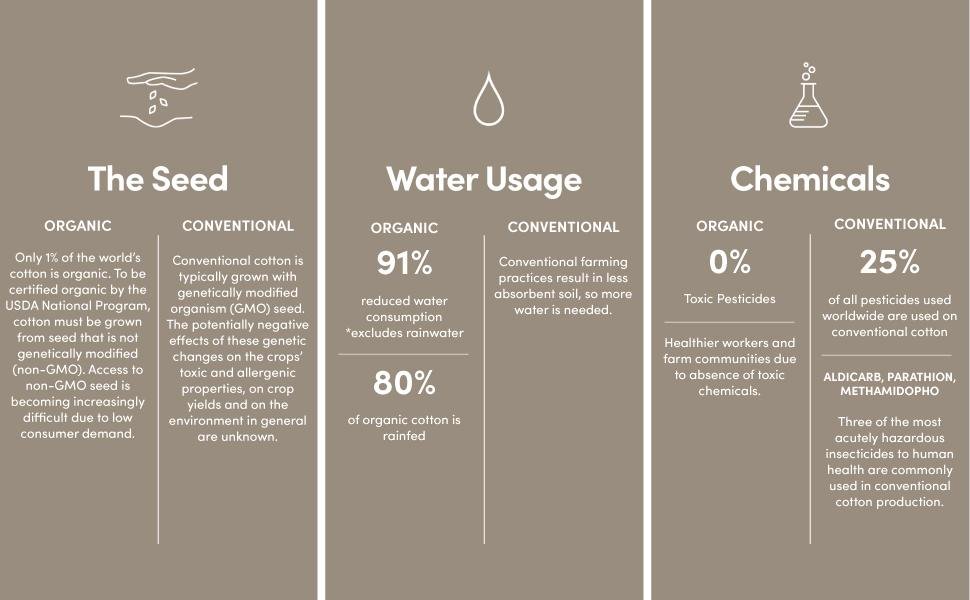
Gallons of water used by:
Regular cotton: 2168 gallons
Organic cotton : 186 gallons
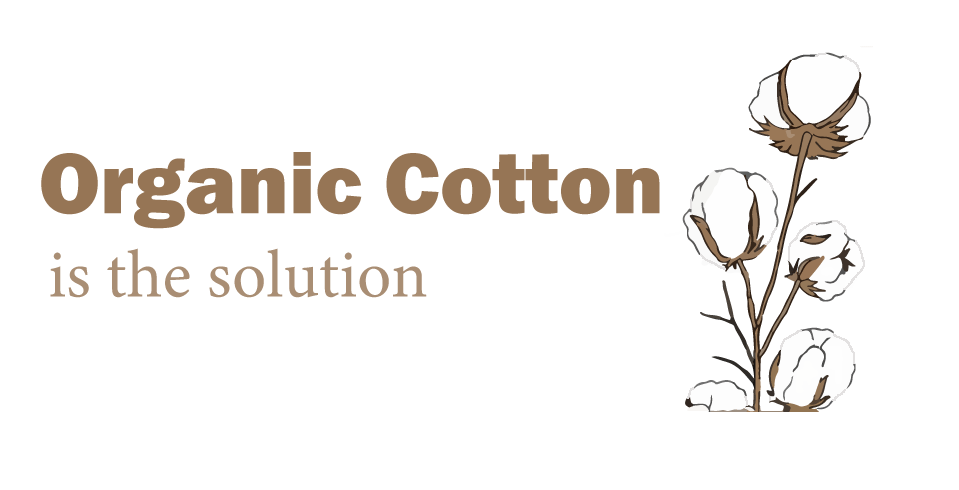
Due to increase in market size of the fashion industry every year along with the cotton industry: regular cotton is handpicked by workers to keep up with the increase in demand for the regular cotton and because these crops are handpicked it leads to various damages and crises such as:
- Damage of fibers: As regular cotton is grown as mono-crop it destroys the soil quality that exceeds the damage when handpicked by the farmers, leading to also the destruction of fibers because of the speed and time limit ordered.
- Damage of crops: Regular cotton leads to damage of crops when it is handpicked, as not much attention is paid while plucking it in bulk, due to which all the effort, time and resources used to cultivate the crops drain-out to zero.
- Water wastage: The amount of clean water being depleted to produce regular cotton is extreme that might lead to a water crisis. The clean water when used for manufacturing turns into toxic water that is disposed of into freshwater bodies, causing a hazardous impact on the people deprived of this natural resource.
- Wastage of resources: When all the above-mentioned factors are ignored by the manufactures and the farmers, it directly leads to the waste of resources, as the number of resources used to produce the regular cotton is way high in number when compared to the results at the end.
- Regular cotton along with these damages also demands to use chemical dyes for their further process, that is not only harmful to our body but is also very dangerous to the workers exposed to it, as these chemicals lead to many health problems like hearing aids, lung cancer, skin cancer, eczema and many more,other than that people can also lose their lives when exposed to these chemicals for long other than that people can also lose their lives when exposed to these chemicals for long
- April 22, 2024
- 3:09 pm
Check out our other posts !!!